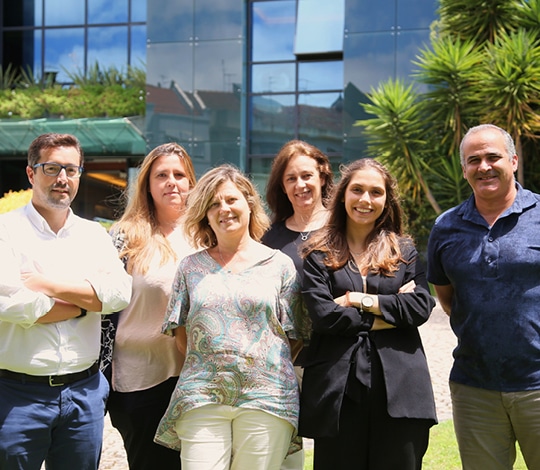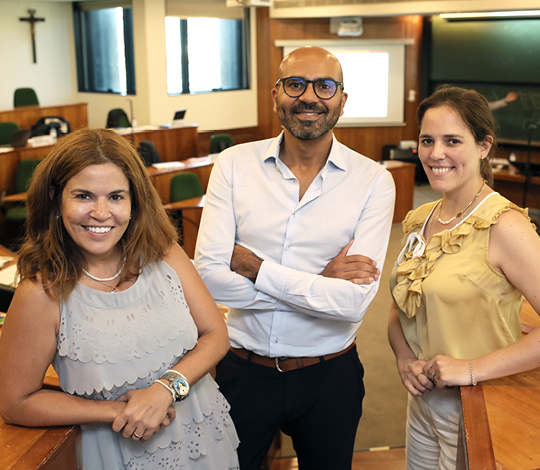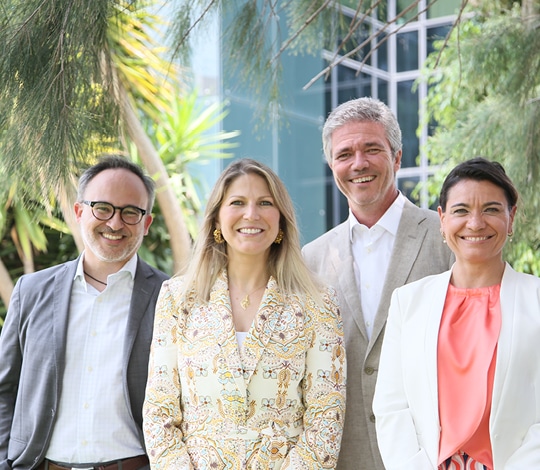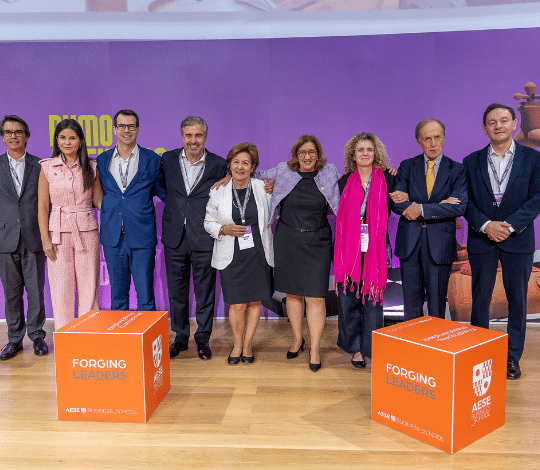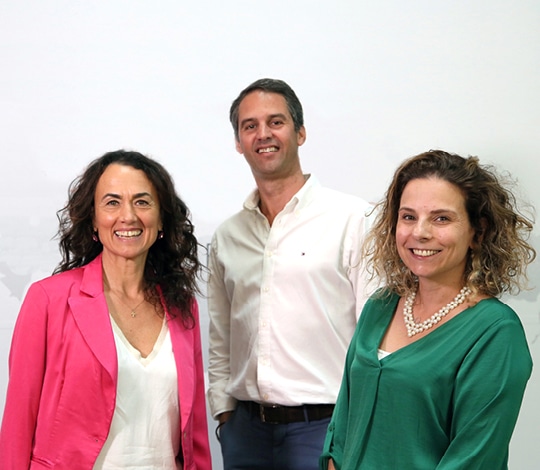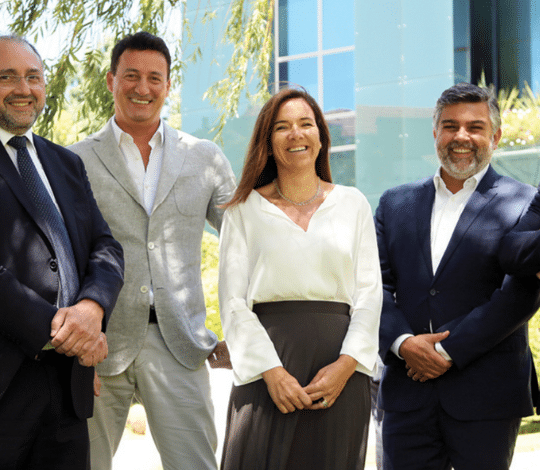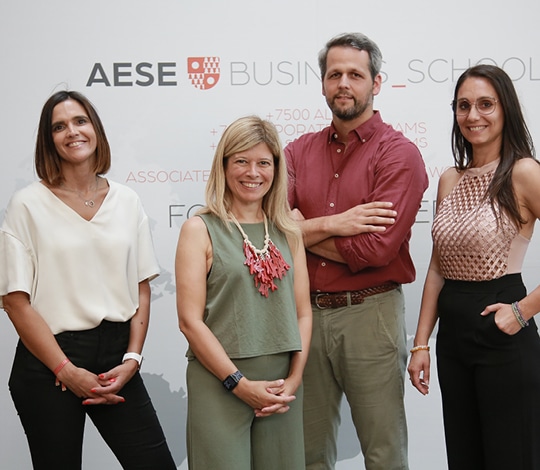As another month of home confinement to fight the COVID-19 pandemic comes to an end, many of us have probably come to terms with the situation, or rather, our handling of it. Some of us may even feel well adapted by now? Or did we just get accustomed to an ongoing struggle? Are the feelings of isolation, melancholy and dismay becoming old news or are we becoming more numb to them? How well indeed do we handle the ongoing situation?
Let’s maintain our physical, but not psychological distance!
What got me thinking about these questions was Oliver Jeffers’ children’s book “The Heart and the Bottle”, to whose live reading I listened to together with my two daughters one evening. In this story Jeffers speaks of a little girl whose head was filled with all the curiosities of the world, which she would explore together with her paternal figure – until one day he was not there anymore. To cope with her sadness she decides to put her heart in a bottle, which seems to help at first. And yet, by doing so she loses her joy and meaning in life. Only when one day—as a grown-up—she meets a curious little girl she decides to take her heart out of the bottle again. Unable to pull it out of the bottle herself, she requires help from the little girl.
As I thought about this wonderful metaphor, it struck me that we may be currently coping by bottling our own emotions, be it in a family or work context. Speaking of the latter, let’s think about the virtual work reality that many of us share at the moment… How connected do you feel to your colleagues in a Skype or Zoom meeting? How personal and ‘alive’ are these virtual interactions? A recent article by Steve Hickman, clinical psychologist and executive director of the Center for Mindful Self-Compassion, suggests that many of us can experience ‘Zoom exhaustion’ and frustration of what he calls ‘disconnected connection’ and ‘absent presence’. Indeed, although digital platforms connect us to others, emotionally we can still experience an absence of the self or others in the interaction. Just think about the online meetings in which you or others try to be efficient and rush ‘right to the point’, where there is no coffee break and chat time, where people are checking their e-mails while listening to someone’s presentation, where you are talking to either static profile pictures or black screens, with occasional emerging voices… We might not be actively frustrated with the lack of face-to-face interaction anymore, yet we might all be keeping our hearts in a bottle and lack the joy and liveliness in our jobs.
Naturally, remote work is not a new phenomenon. Yet, the current crisis might have provided the necessary push to take up the challenge of decreasing this absent presence and making virtual connections as close as possible to the deep, high-quality and effective work relationships we have in the office. Based on my years of researching virtual teams, let me outline some of the relevant suggestions here:
· Let’s give emotions the right space
We can create time and space in our virtual interactions to connect by talking about and understanding each other’s experiences and emotions. We could take more time for informal conversations and ask the ‘how are you doing’ question in a meaningful way.
· Let’s make it personal
We can use online meetings to literally and metaphorically let people into our homes and lives. For example, muting microphones or picking neutral background pictures decreases opportunities to get to know each other better. Could we allow for the more natural chaos of children and pets interrupting ourselves? Could the bookshelf or pictures on the background serve to start a more personal conversation?
· Finally, let’s have the courage to be vulnerable
According to Dr. Brené Brown, a research professor at the University of Houston Graduate College of Social Work and a bestselling author, vulnerability is about uncertainty, risk, and emotional exposure. Sounds like a great fit for the current crisis, doesn’t it? Sharing our emotional experiences, listening to and empathizing with others’ emotions is what can help to create feelings of connection and belongingness. Daring to lean into uncertainty and the willingness to take risks is something that can help us get through it all with creativity, innovation and liveliness.
Artigo publicado pelo professor no seu blog
Recomendamos ainda o video do webinar da Kellogg — The (New) Art of Virtual Collaboration









